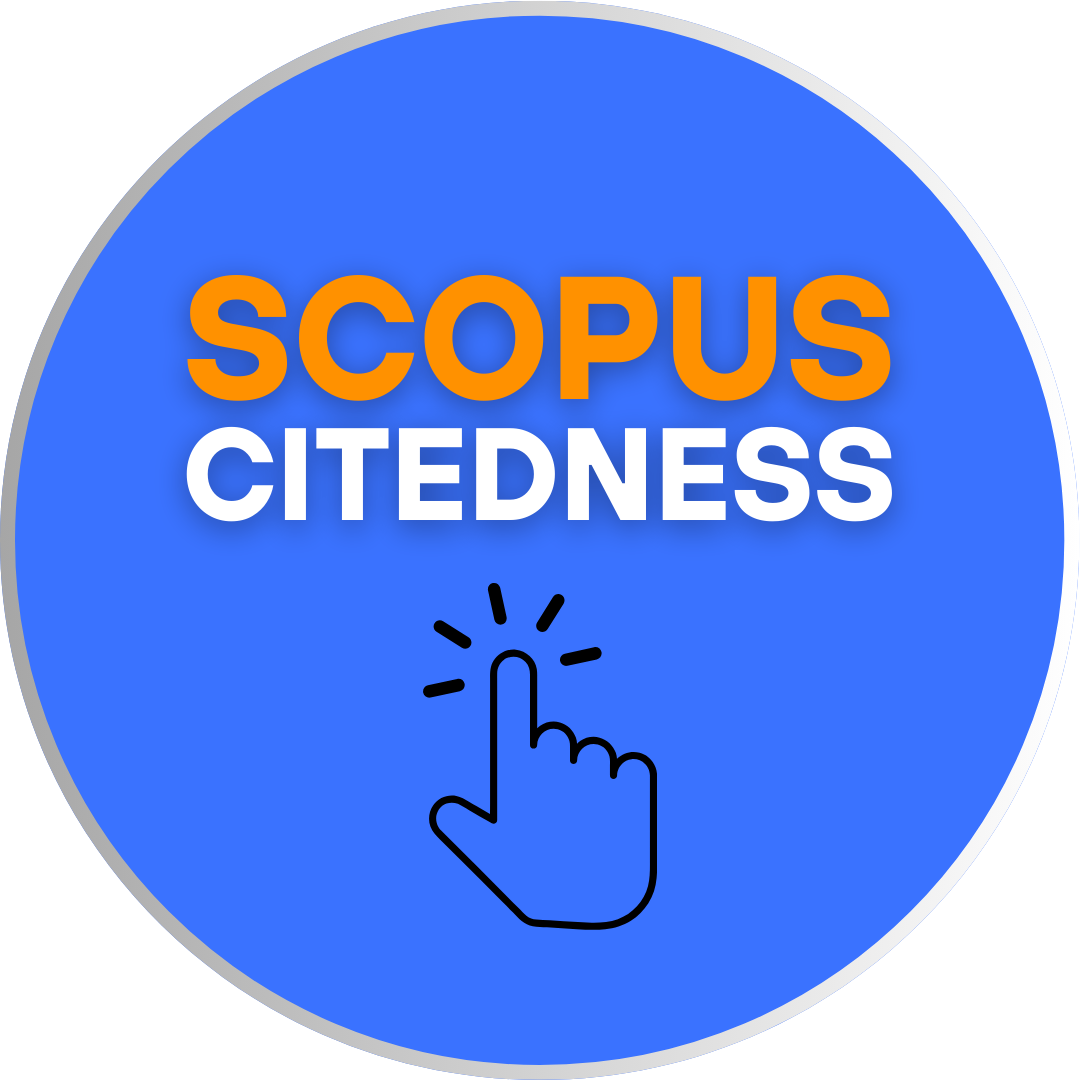THE EFFECTS OF LANGUAGE INPUT, LEARNING ENVIRONMENT, AND MOTIVATION TOWARD SECOND LANGUAGE ACQUISITION
DOI:
https://doi.org/10.18592/let.v6i2.1456Keywords:
language input, learning environment, motivation and second language acquisition.Abstract
In L2 learning process, the role of language input has been of foremost importance in much SLA research and theory. Second language acquisition is influenced by several aspects. Three of them are language input, learning environment and motivation. This study aims to find out the effects of language input, learning environment, and motivation toward second language acquisition. The subject is a fresh graduate of senior high school. The data was collected through interview and questionairre. This study discovered that each of them has effects in learner language, specifically in English speaking proficiency, in terms of fluency and accuracy.References
Brown, H. D. (2000). Principles of Language Learning and Teaching. New Jersey : Prentice hall
Ellis, R. (2000) Second Language Acquisition. Shanghai Foreign Language Education Press.
Ellis, Nick C. (2002). Frequency Effects in Language Processing. Studies in Second Language Acquisition, 2(24), 143-188.
Gardner, R. C. (2006). The Socio-educational Model of Second Language Acquisition: A Research Paradigm. EUROSLA Yearbook. Vol 6 (237-260).
Gass, S. M. (1997). Input, interaction, and the second language learner. Mahwah, NJ: Lawrence Elrbaum.
Heaton,J.B. (1988). Writing English Language Tests. New York: Longman
Krashen, S. (1982). Principles and Practice in Second Language Acquisition. Oxford: Pergamon Press.
Krashen, S.D. (2003). Exploration in Language Acquisition and Use. Portsmouth, NH: Heinemann.
Kumaravadivelu, B. (2006). Understanding Language Teaching: From Method to Postmethod. London: Lawrence Erlbaum Associates, Publishers.
Nguyen,V.L. & Franken, M. (2010). Conceptions of Language Input in Second Language Acquisition: A Case of Vietnamese EFL Teachers. Language Education in Asia, 2010, 1(1), 62-76. http://dx.doi.org/10.5746/LEiA/10/V1/A06/Nguyen_Franken
Reece, I & Walker, S. (1997). Teaching, Training and Learning. A Practical Guide. (Third Ed.). Great Britain: Business Education Publishers Limited.
Sivertzen, T.G. (2013). The role of input in early second language acquisition: A study of the long-term effects of initial extra English input on Norwegian 4th graders' receptive vocabulary. Master’s thesis in English, NTNU, autumn 2013.
Downloads
Published
How to Cite
Issue
Section
License
Authors who publish with this journal agree to the following terms:
- Authors retain copyright and grant the journal right of first publication with the work simultaneously licensed under a Creative Commons Attribution License that allows others to share the work with an acknowledgement of the work's authorship and initial publication in this journal.
- Authors are able to enter into separate, additional contractual arrangements for the non-exclusive distribution of the journal's published version of the work (e.g., post it to an institutional repository or publish it in a book), with an acknowledgement of its initial publication in this journal.
- Authors are permitted and encouraged to post their work online (e.g., in institutional repositories or on their website) prior to and during the submission process, as it can lead to productive exchanges, as well as earlier and greater citation of published work.
LET (LINGUISTICS, LITERATURE, AND LANGUAGE TEACHING) http://jurnal.uin-antasari.ac.id/index.php/let/index licensed under a Creative Commons Attribution 4.0 International License.
















